Even as I write this article, the internet is being flooded with verdicts on Narendra Modi's Atmanirbhar Bharat Abhiyan, the $266 billion stimulus package to help revive India's economy and soften the devastating blow from the lockdown. But I am not here to preach, to deliver gyan, become another trifling article in a vast sea. I am here to ask a few pertinent questions.
- What does atmanirbharta or self-reliance mean for Indians, for India?
- For India's 6.33 crore MSMEs, does changing their definition and offering a bailout package really help?
- For India's manufacturing sector, expected to become the 5th largest in the world, is COVID 19 set to take a bigger bite of the pie?
- For India's 8.05 million women entrepreneurs, can the buck stop at atmanirbharta?
- In the pre-corona era, why was the entire world so reliant on one nation that when a pandemic struck, economic activities worldwide came to a grinding halt?
Over the course of this article, I will try and decipher answers to these questions.
Along with the world, India is also caving in under the ramifications of the lethal COVID-19 contagion. While encountering a crisis of such epic proportions and despite imposing a sweeping lockdown throughout the nation, as the death toll still rises exponentially, India was waiting with bated breath for our vehement leader, Shri Narendra Modi to announce the stimulus that accounts for 10% of India's GDP.
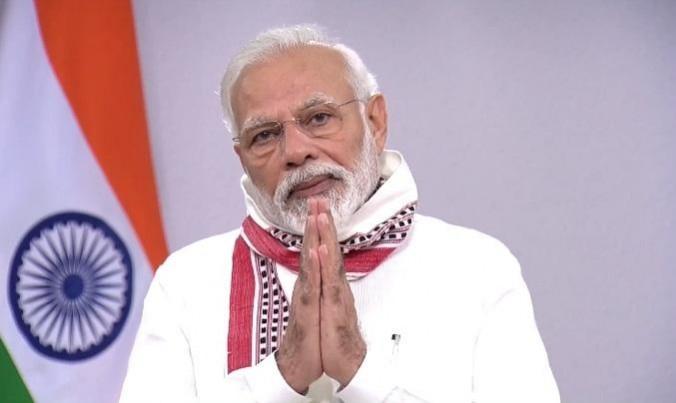
The obvious thrust that Modi has made for a self-reliant India is unconventional, to say the least. Despite requesting his fellow citizens to acquire only Make in India products, his move is not the predictable inward-looking approach that was the trademark of Mahatma Gandhi's Swadeshi movement, the method that had promoted the "Be Indian, Buy Indian" way of life; nor is Modi's move earmarked to take India out of the clutches of a colonial-era as devised by a Nehruvian philosophy when India was liberated.
Before being inquisitorial about his acts and words, why don't we decipher the content and context of Modi's 33-minute long delivery to the nation? Why don't we see his strategy as a new form of geo-economics, a calculated and tactical plan of action that will define how India will enact and function in the new world that will soon originate? Don't you think a nifty and quick-witted man that Modi is, he has thought how India can clearly be the primary candidate to fill a gaping hole in a world where powerhouses such as Japan and USA are looking for a breeding ground for manufacture beyond China, the birthplace of the very coronavirus that is wreaking havoc worldwide?
We are seeing how the West is stumbling, unsure from the very beginning to fight the infection or defend individual rights and liberties. Sweden has lost its appetite for the risk of becoming repulsive towards it. Britain and Germany had anticipated, quite mistakenly I must add, that they had the competence to tower above the rest. As India tries not to falter, shouldn't we take what is in our might to champion and defend our nation?
What Does A Self-Reliant Bharat Look Like?
When Talking Of Atmanirbharta, What Does It Signify For India's Manufacturing Hub, Women Entrepreneurs And The Newly Defined MSME Segment?
It's time to make India the world's leading manufacturing nucleus - As the world turns its back towards China keeping a sharp eye on its government with suspicion and apprehension, global giants are leaving the nation unrequited. Amidst the crisis that is looming large, the opportunity for India is mammoth to replace China as the world leader in manufacturing.
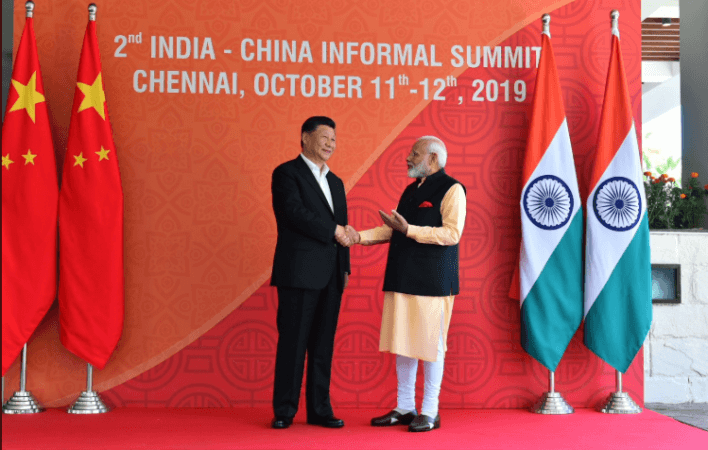
To understand how India can replicate and eventually replace China, we need to first realize why China is what it is today:
A combination of supportive bureaucratic regime, favourable labour laws, a highly motivated and disciplined workforce, modern technologies and know-how, fresh management outlook, and export market knowledge catapulted China into the powerhouse that we see today.
If India offers a suitable environment and sustenance, protects companies exiting China from tax terrorism that haunts India, alleviate labour reforms, they will surely establish themselves in India. India boasts of abundant raw material, cheap manpower, plenty of accessible lands, and superior infrastructure. Narendra Modi, who has repeatedly exhibited his flair to turn an untoward occasion into an opportunity, I am sure, will not let this prospect slip through his hands this time as well.
There is an urgent need for India to advance its infrastructure, communications, transport facilities, roads, and shipping to entice foreign investments in order to build a self-reliant India. Once the wheels of the now immobile Indian economy starts moving, services and manufacturing sectors must recommence work immediately aligned with the overhaul of demand and supply chains.
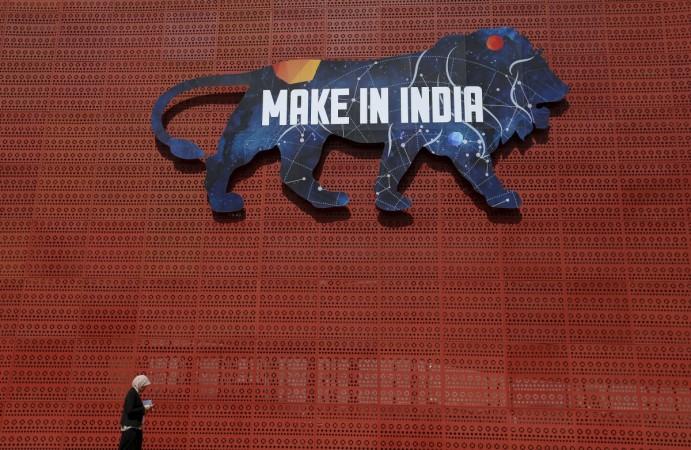
Similarly, labour laws and policies need to be restructured and optimized aimed at encouraging large enterprises. There are conglomerates across India whose scale can have a massive impact on India's GDP, but our government has been unable to either encourage homegrown large enterprises or deal with ones from overseas in a mutually beneficial way. Legislation needs to be restructured to enable large enterprises to deliver.
Are we doing enough for women entrepreneurs? There are 252 million women entrepreneurs around the world with 8.05 million in India. In my efforts to ensure that we are on the right path to fight this epidemic and through my numerous attempts to battle this unseen foe, there are always 3 things at the back of my mind, (a) self-sustainability, (b) support rural entrepreneurs and (c) help communities in need during such dire situations.
The existing challenges that women entrepreneurs face every day are outrageously low sales, reduced access to or closed markets, restrained mobility, no income alternatives and safety nets as contingency plans. No matter when the pandemic subsides, gender-based inequalities around the world will escalate exponentially, drastically rolling back progress on gender equality and the SDGs.
Woefully, women will take the maximum impact because they often hold vulnerable and precarious jobs. Did you know that 70% of global healthcare workers risking their lives on the frontlines to fight the deadly COVID 19 virus are women? The global gender pay gap is still at 16% leaving women more defenceless and vulnerable to such a radical downturn. With 850 million school children at home at the moment, the additional burden continues to primarily fall on women.

Thus, the question arises, how do we embrace the present and make the future brighter for women and women entrepreneurs? There is an immediate need to support women entrepreneurs by increasing their business competitiveness through capacity-building training in entrepreneurial skills and business management. We need to collectively ensure women's representation and inclusion in all planning and decision making because more diverse teams take better, more sustainable decisions.
We should support women across the value chain and in communities where such businesses operate and safety nets ought to be expanded with various insurance products, pension schemes, leasing arrangements, agricultural finance, low-value equity investments, government-to-person e-payment options and conditional digital cash transfers.
As the world turns digital, there is a critical need to offer women entrepreneurs with ICT-based capacity building such as providing digital, virtual, and mobile-based business training, coaching, and mentoring related to economic recovery, digital marketing and communication channels, and overall digital financial literacy.
MSMEs, altered definition, altered fortune? There are 36 million MSMEs in India, contributing to more than 1/3rd of India's GDP, providing 111 million jobs, keeping a tab on poverty and inequality. When the Covid-19 pandemic started, two distinct aspects of the sector came to the fore — its humongous scale and thereby how vulnerable it is.
Modi's finance initiative of a collateral-free automatic loan of Rs 3 lakh crore and a sub-ordinate debt program of Rs 20,000 crore for the strained MSME sector will offer immediate respite. Thanks to lower compliance needs, loans have easy access, but the expense will have to duly corroborate by distribution agencies, such that reprieve can be sped to beneficiaries.
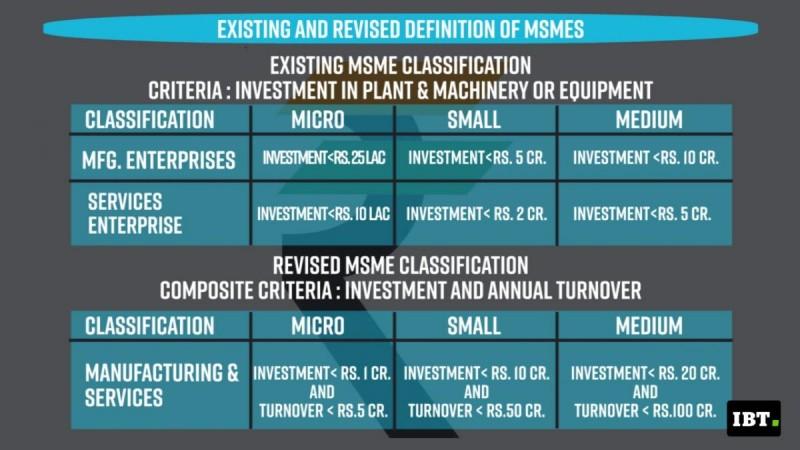
The definition change of MSMEs is a systemic change allowing them to expand without constraints positively impacting their long-term objectives. The benefits announced will provide the much-needed momentum to the sector to allow them to become self-reliant or atmanirbhar, address their enduring challenges around demand, put an end to regulatory and liquidity issues and help them emerge stronger.
As Indians, Here's What We Need To Understand
If we want to see India atmanirbhar or self-reliant, we have to buy India made and not be at the mercy of the silicon technology of China. In order to boost the supply chains of the nation, we need to encourage and promote local entrepreneurs, communities, motioning our purpose to give impetus to the grand Make in India strategy.
Modi's dialogue will be pivotal in India's history. His strategy to diplomatically correlate the collective sentiment of Indians against globalization along with the subject of being self-sufficient and autonomous even as an epidemic unfurls outside our threshold is a masterstroke.
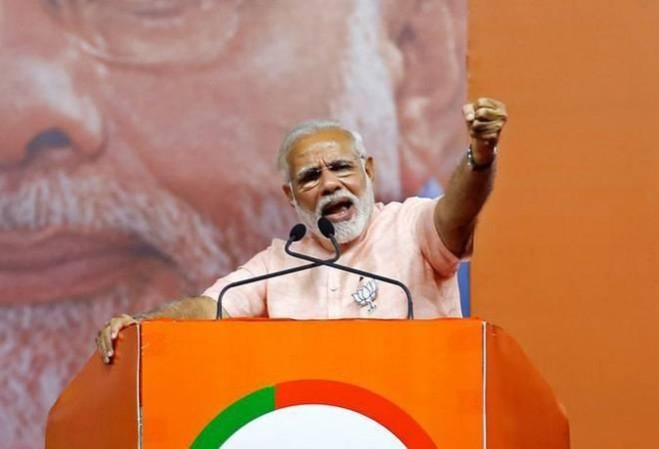
Such a move was last witnessed in 1991 when Narasimha Rao, India's then Prime Minister had authorized finance minister Manmohan Singh to open up India's economy, which was on the brink of collapse, to global capital, supplies and technologies. A landmark budget delivered by a calm and quiet Manmohan Singh had set India on a new path of economic sovereignty.
Lastly, when put together, these decisive actions will guarantee massive job creation, save India billions of dollars in foreign exchange and reinforce the capital reserves in India's banking system.
Here Are My Final Thoughts...
We can all envisage the inevitable; the virus will never be entirely terminated, the WHO has itself professed. We have to learn to live with the deadly disease. Then again, needless to say, 2020 will go down in history as the year the world recuperated from the verge of catastrophe should a squad of extraordinary scientists do succeed to unearth a miracle vaccine and get things back to routine.
But, till such happens, here comes a man, whose words establish an inventiveness amidst the threat that is set to alter the way the world functions and modify global economic order forever. India is a frontrunner in developing into the world's principal manufacturing hub and Modi, a clever man, recognizes this unwaveringly.
In order to truly comprehend what Modi's line of attack really is, we have to steer clear of two things, a. his posse of steadfast supporters and cohorts who find his every word majestic and b. his vicious opponents who leave no stone unturned to uncover faults or triviality in what he says and how he acts. What India needs today is the combined effort of the whole of India.
Opportunities are galore, we have the intensity to deliver, but what is most significant is that the world needs India's proficiency and capabilities to facilitate and bolster the global economy. Even as an epidemic unfolds, now is the time for India to stand up and conquer!
[Somdutta Singh is an entrepreneur and former vice-chairperson of NASSCOM Product Council. The views and opinions expressed in this article are those of the author and do not reflect those of International Business Times, India]
















